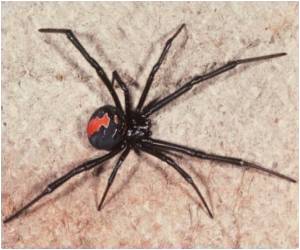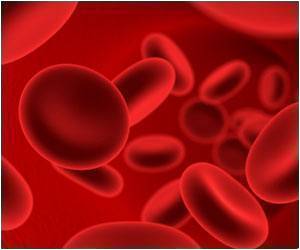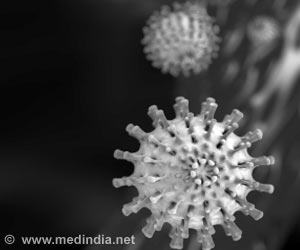This is no figment of a scientist’s imagination, and research revealed that when scientists wrapped spider silk in carbon nanotubes, they got eco-friendly wires.

"It turns out that this high-grade, remarkable material has many functions," said Eden Steven, one of the researchers. It can be used as a humidity sensor, a strain sensor, an actuator (a device that acts as an artificial muscle, for lifting weights and more) and as an electrical wire."
"Understanding the compatibility between spider silk and conducting materials is essential to advance the use of spider silk in electronic applications. Spider silk is tough, but becomes soft when exposed to water.The nanotubes adhere uniformly and bond to the silk fiber surface to produce tough, custom-shaped, flexible and electrically conducting fibers after drying and contraction,”researchers said.
Source-Medindia








